Dirty Wars connects how the celebrated successes and piecemeal scandals about the global war on terror fit into an alarming U.S. military policy. Even more, the documentary reveals the human faces of both the perpetrators and those impacted on the ground as direct targets and collateral damage.
Jeremy Scahill, the intense national security correspondent for The Nation magazine, who previously covered the notorious Blackwater private military contractors, narrates his investigation in Afghanistan, Somalia, and Yemen. He and director Richard Rowley risk leaving the relative safety of green zones and government-sponsored photo ops to solve the mystery, like detectives, of what he calls “a hidden war.”
In Afghanistan, they started hearing about new units of American soldiers aggressively showing up at villages after drone attacks—taller, bearded, and not associated with the regular military bases. The locals deride them as “the American Taliban.” The testimony of one distraught family in a northeastern province provides a particularly vivid counterargument to the standard coalition press releases touting successful insurgent suppression. Not only does this family have home video of the birthday party they were celebrating just before a raid, but they also bear eyewitness accounts of brutal arrests and produce photographs of dead relatives; bullets were removed from the corpses to forestall evidence collection. And this is—or was—an anti-Taliban community. Unlike other infamous cases of rogue soldiers’ murdering civilians, these are official actions by units bearing new insignias, and Scahill follows other clues from local reports about an American military official participating in a highly unusual village ceremony, the offer of a sacrificial sheep as an apology.
Scahill follows the path of the drones to Yemen, helped by a daring local reporter and lawyer who challenge government restrictions. The press has generally trumpeted the killing of Anwar al-Awlaki in September, 2011, as the alleged pro-jihadi inspirer of various failed terrorist attacks on American targets, but his biography as an American-born imam is far more complicated and is presented with much more nuance, as told by his bewildered, scholarly father and grieving mother. The issue of “kill targets,” particularly of American citizens, becomes even starker when their 16-year-old grandson Abdulrahman al-Awlaki is blown up in another American attack and the U.S. government keeps changing the explanations in response to the family’s lawsuits.
Back home in Brooklyn (with many artsy shots of the sunrise/sunset of the Brooklyn Bridge to earnestly indicate time passing), Scahill digs around on his computer to figure out that these attacks (and thousands more) can be attributed to the Joint Special Operations Command (JSOC), first established in 1980, and he laboriously maps out reports of their actions in 75 countries. During the time he figures out the chain of command, the assassination of Osama Bin Laden brings some of the JSOC commanders to the fore to bask in praise. (This is a sobering counterpoint to Zero Dark Thirty about this one very public operation that Scahill calls “the tip of the spear.”)
Scahill’s accompanying book, subtitled The World Is a Battlefield, chronologically lays out in minute detail the history and development of JSOC from the Bush administration through its expansion under President Obama, country by country, and totals the body count with more accusations, and background, than are in the film. (I recommended the film and book to a friend to find out what her son may really be doing between his weekly Skyping from his posting with these forces in Asia.)
When these kinds of attacks keep generating more volunteers for vengeance (both abroad and at home), the murky distinctions between friends and enemies, insurgents, and non-combatants, become positively creepy in the lawless deserts of Somalia. Scahill interviews scary warlords, militia leaders, and (basically) trumped-up thugs who conveniently switch sides to receive America’s arms and financial support. Their admiration of JCOS is that much more chilling because these guys have absolutely no compunctions about how to use this largesse.
He dramatically makes his points in a storyline shaped with scripter David Riker and set off by a haunting score by David Harrington, performed by the Kronos Quartet (all interspersed with press conferences of denial by U.S. officials). But the peeling back of specific incidents like the layers of an onion gets confusingly repetitive, and there are excessive clips of Scahill promoting his investigations on TV talk shows. Yet with his eye-opening insights into what he calls “a story with no end,” you will be able to more thoughtfully follow what happens next, perhaps with as much outrage as he feels.

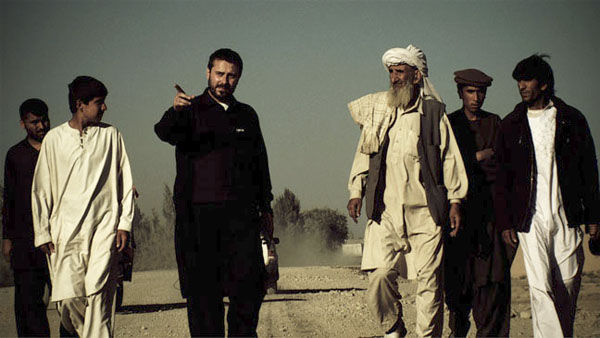
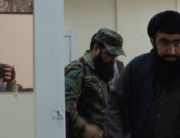



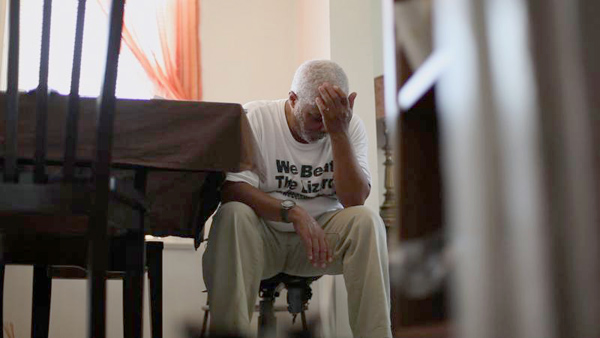

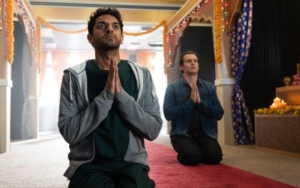



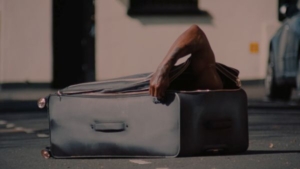




Leave A Comment